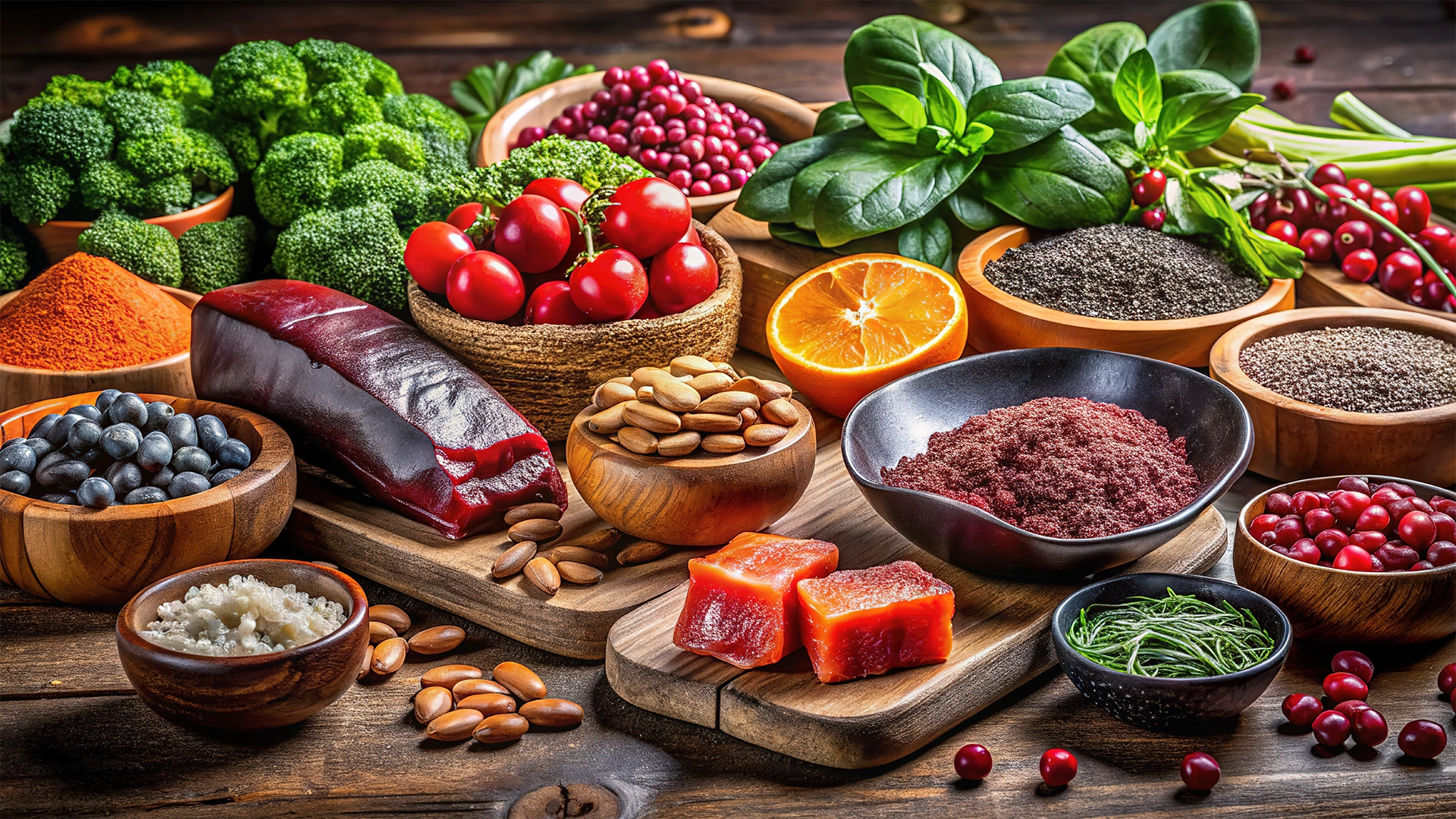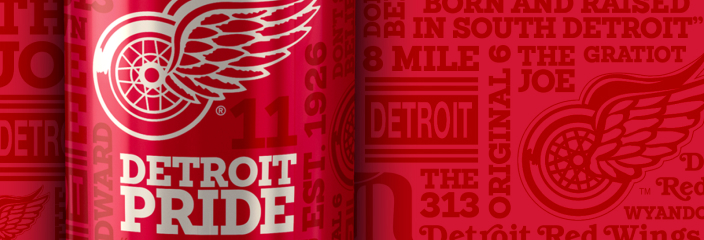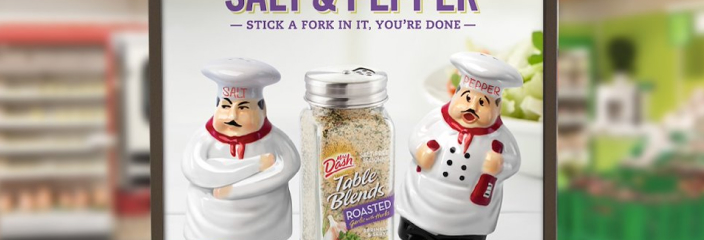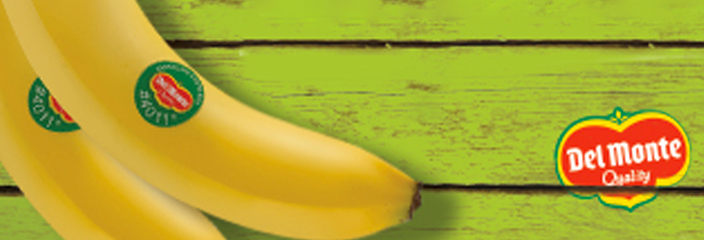Fortification has taken the food and beverage industry by storm. From protein-packed cereals to vitamin-infused waters, brands are continuously searching for ways to enhance their products to meet the growing consumer demand for functional benefits. But as brands race to add more—more protein, more fiber, more vitamins—we have to ask: are we overdoing it? And more importantly, are these hyper-fortified products truly delivering value to consumers?
While innovation and consumer health concerns have driven the industry to new heights, it’s time to evaluate whether we’re reaching a point of excess. What are we actually getting from a product that has two or three times the protein content of its original version? Are these enhanced products genuinely improving our well-being, or are they merely marketing ploys?
WHERE DO WE DRAW THE LINE?
There’s no denying that fortification has its benefits. Iron-fortified cereals have helped address anemia and vitamin D-enhanced dairy products support bone health. However, not all fortification is created equal. As brands add more and more nutrients to their products, there’s a growing concern about whether we’re exceeding what the human body actually needs.
For example, while protein-enriched snacks and beverages have become a staple in the wellness space, excessive protein intake may not benefit the average consumer as much as marketing suggests. Unless someone is engaged in high-intensity training, they may not require significantly higher protein levels, yet they’re still consuming these products under the assumption that “more is better.”
Beyond unnecessary consumption, over-fortification can also create unintended consequences. Certain vitamins and minerals can become toxic when consumed in excess. Overloading products with calcium, for example, may lead to kidney stone formation, while excessive vitamin A intake has been linked to liver damage.
Consumers trust brands to deliver products that enhance their health rather than introduce new risks. So, where do brands draw the line between innovation and unnecessary excess?
MORE ISN’T ALWAYS BETTER
Consumer perception often fuels hyper-fortification. People want to feel like they’re making the “healthier” choice, and brands respond by promoting enhanced versions of their products. But what if this is creating a misleading narrative?
Consider a sports drink that boasts triple the electrolytes of its original formula. The message it sends is clear: this is better, stronger, and more effective. But in reality, unless someone is engaging in prolonged intense physical activity, their body likely doesn’t need such high electrolyte levels. The same goes for protein bars, milks, and even breakfast cereals—products that have been altered to contain levels of nutrients far beyond what’s necessary for the average diet.
The problem is that the focus has shifted from balance to excess. Instead of considering whether the enhancements are meaningful, the industry has leaned into marketing the idea that “more” equals “better.” When every brand is making the same claims, it’s easy for consumers to lose sight of what actually benefits them.
QUENCH’S TAKE
Take a more thoughtful approach to fortification. Instead of simply adding more of a given nutrient to keep up with trends, ask: Does this truly add value?
Consumers are becoming more informed, and they don’t give their trust lightly. Fortification should be strategic, science-backed, and genuinely beneficial. Rather than focusing on marketing-driven enhancements, invest in transparent education—helping consumers understand what they actually need and why.
Instead of racing to out-fortify the competition, brands that prioritize nutritional integrity will stand out in the long run. Hyper-fortification might grab attention today, but sustainable, responsible product innovation will build long-term consumer loyalty.
The future of functional food and beverages isn’t just about how much we can pack into a product. It’s about delivering real benefits in a way that makes sense. Let’s shift the focus from “more” to “meaningful,” and create products that truly enhance the way people eat and drink.










